Thomas Golda
VisDrone-CC2020: The Vision Meets Drone Crowd Counting Challenge Results
Jul 19, 2021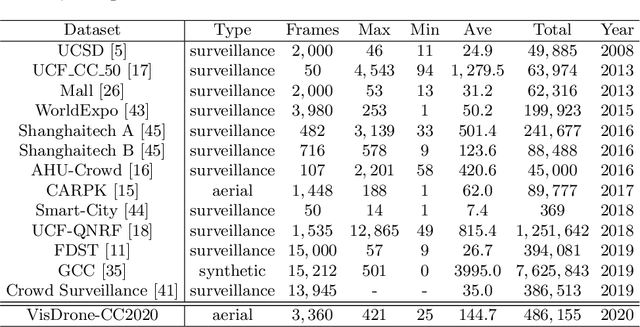
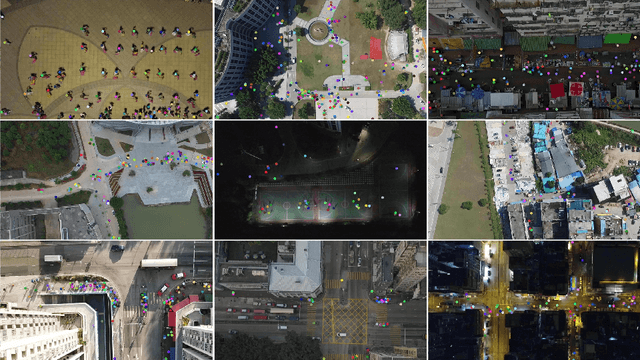
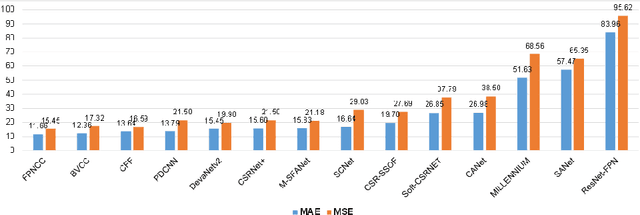

Abstract:Crowd counting on the drone platform is an interesting topic in computer vision, which brings new challenges such as small object inference, background clutter and wide viewpoint. However, there are few algorithms focusing on crowd counting on the drone-captured data due to the lack of comprehensive datasets. To this end, we collect a large-scale dataset and organize the Vision Meets Drone Crowd Counting Challenge (VisDrone-CC2020) in conjunction with the 16th European Conference on Computer Vision (ECCV 2020) to promote the developments in the related fields. The collected dataset is formed by $3,360$ images, including $2,460$ images for training, and $900$ images for testing. Specifically, we manually annotate persons with points in each video frame. There are $14$ algorithms from $15$ institutes submitted to the VisDrone-CC2020 Challenge. We provide a detailed analysis of the evaluation results and conclude the challenge. More information can be found at the website: \url{http://www.aiskyeye.com/}.
* The method description of A7 Mutil-Scale Aware based SFANet (M-SFANet) is updated and missing references are added
What goes around comes around: Cycle-Consistency-based Short-Term Motion Prediction for Anomaly Detection using Generative Adversarial Networks
Aug 08, 2019

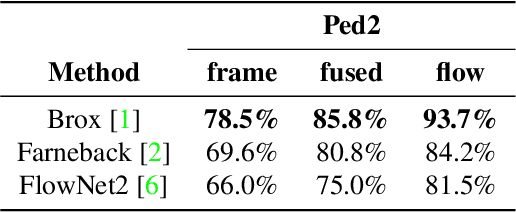

Abstract:Anomaly detection plays in many fields of research, along with the strongly related task of outlier detection, a very important role. Especially within the context of the automated analysis of video material recorded by surveillance cameras, abnormal situations can be of very different nature. For this purpose this work investigates Generative-Adversarial-Network-based methods (GAN) for anomaly detection related to surveillance applications. The focus is on the usage of static camera setups, since this kind of camera is one of the most often used and belongs to the lower price segment. In order to address this task, multiple subtasks are evaluated, including the influence of existing optical flow methods for the incorporation of short-term temporal information, different forms of network setups and losses for GANs, and the use of morphological operations for further performance improvement. With these extension we achieved up to 2.4% better results. Furthermore, the final method reduced the anomaly detection error for GAN-based methods by about 42.8%.
Human Pose Estimation for Real-World Crowded Scenarios
Jul 16, 2019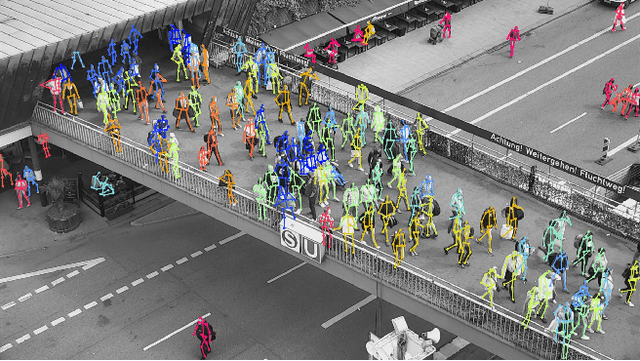
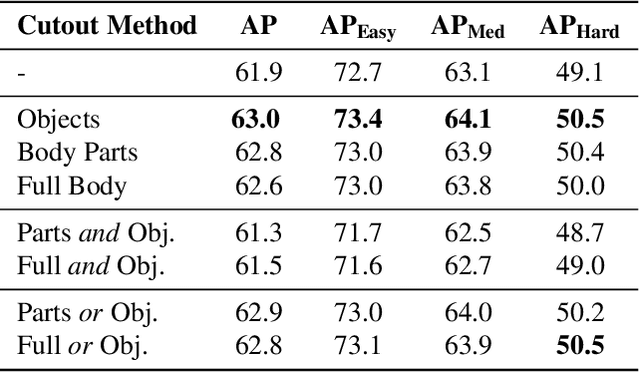


Abstract:Human pose estimation has recently made significant progress with the adoption of deep convolutional neural networks. Its many applications have attracted tremendous interest in recent years. However, many practical applications require pose estimation for human crowds, which still is a rarely addressed problem. In this work, we explore methods to optimize pose estimation for human crowds, focusing on challenges introduced with dense crowds, such as occlusions, people in close proximity to each other, and partial visibility of people. In order to address these challenges, we evaluate three aspects of a pose detection approach: i) a data augmentation method to introduce robustness to occlusions, ii) the explicit detection of occluded body parts, and iii) the use of the synthetic generated datasets. The first approach to improve the accuracy in crowded scenarios is to generate occlusions at training time using person and object cutouts from the object recognition dataset COCO (Common Objects in Context). Furthermore, the synthetically generated dataset JTA (Joint Track Auto) is evaluated for the use in real-world crowd applications. In order to overcome the transfer gap of JTA originating from a low pose variety and less dense crowds, an extension dataset is created to ease the use for real-world applications. Additionally, the occlusion flags provided with JTA are utilized to train a model, which explicitly distinguishes between occluded and visible body parts in two distinct branches. The combination of the proposed additions to the baseline method help to improve the overall accuracy by 4.7% AP and thereby provide comparable results to current state-of-the-art approaches on the respective dataset.
 Add to Chrome
Add to Chrome Add to Firefox
Add to Firefox Add to Edge
Add to Edge